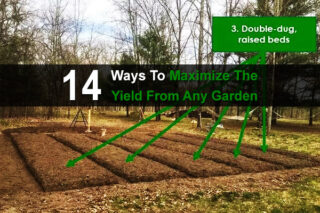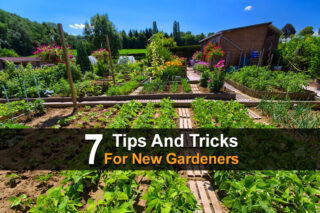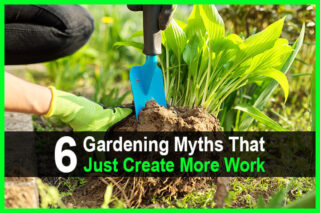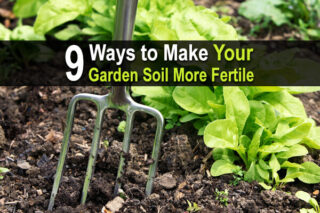Estimated reading time: 8 minutes
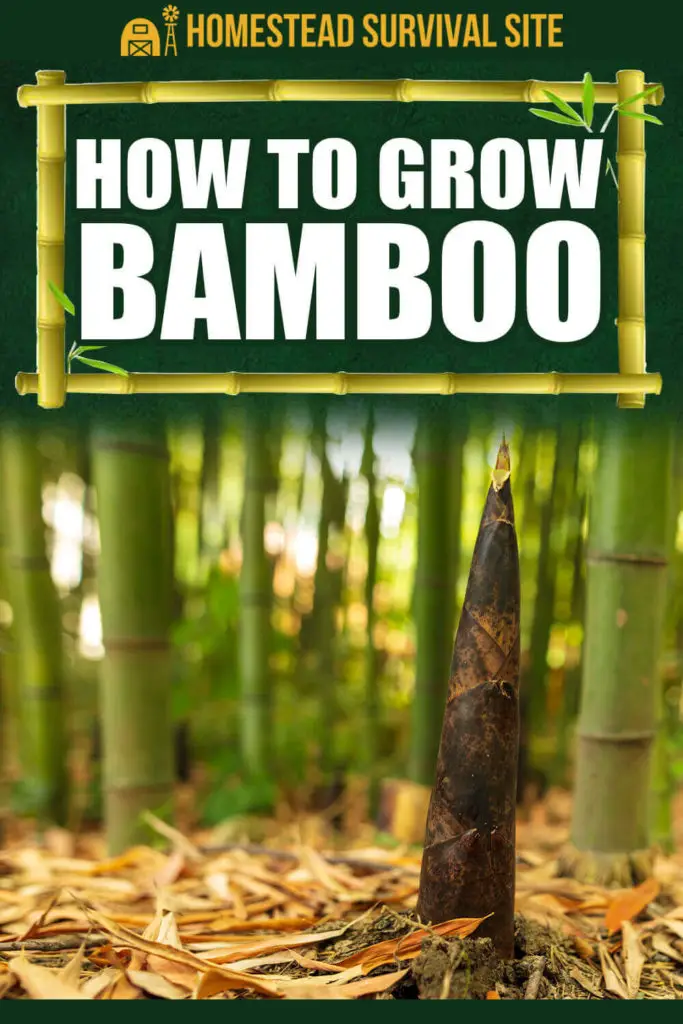
What do you think of when you hear the word “bamboo?” Perhaps it’s an exotic locale. Or maybe it’s a giant panda munching away at a large stem. Or the bamboo in the game “Animal Crossing” may even come to mind. But you may not think of bamboo as a plant for your homestead. Perhaps you should.
Bamboo is surprisingly easy to grow in many parts of North America, and its quick growth makes it ideal as a privacy screen and a variety of other uses. However, bamboo is a love it or loathe it kind of plant. Its rapid growth potential can make it a nuisance if you’re not careful. This article will offer an overview of how to grow bamboo and some of its pros and cons on the homestead.
What is Bamboo?
Although bamboo is classified as a grass, many bamboo species are tree-like in appearance. Their stems (called culms) can range in height from a few feet to more than 30 feet. Because of this wide range, your first step for growing bamboo is to choose the variety that suits your needs and your property.
The two main categories of bamboos are running types and clumping types. Running types can spread so rapidly that some states designate them as invasive species. Clumping types can still spread, but they do not get out of hand as quickly.
Cold hardiness and sun exposure are other essential factors to consider when choosing the type of bamboo to plant. Most bamboo species grow well in the U.S. Department of Agriculture zones 5 and 6 and require at least five hours of direct sunlight each day. The plants will also need plenty of water at first, but less as they mature. Plant bamboo away from ponds and other wet areas.
How to Plant Bamboo
Since bamboo is a warm-weather grass, you should plant it at the same time of year that you plant summer annuals, such as zinnia, coleus, and portulaca. Bamboo does best in soil that ranges from pH neutral to acidic sandy loams.
You’ll need a hole that is about twice the size of the root ball for each plant. Then, plant the bamboo in prepared soil, taking care to keep the crown (the base of the plant right above the roots) above soil level. Proper spacing depends on the variety. Smaller clumping types can be spaced two to three feet apart, while larger types can require six to eight feet of spacing.
Water your plants thoroughly and add mulch to help keep the ground moist. Depending on rainfall, you’ll want to water your plants twice a week for the first few weeks.
Once your plants are established, they will need about an inch of water each week. Be sure to allow the soil time to dry between each watering. Since this timing can vary significantly due to soil conditions, you’ll want to monitor your plants to determine the best watering schedule.
This video goes through the steps for planting bamboo as a hedge or screen. Here’s another video that offers helpful information for planting.
Bamboo takes about three years to become fully established. Once established, the new shoots will grow in height and diameter and produce new limbs and leaves during a 60-day spring growth period.
Bamboo is a colony plant. The larger the plant, the faster it will begin to produce many shoots. The use of a time-released fertilizer can help increase growth. If you want to control the growth of a colony over time, the best way is to control its roots by constructing a barrier. This article helps explain the unusual growth process of the bamboo plant.
How to Use Bamboo
Now that you know a little about selecting and planting bamboo, you might want to consider how you can use this distinctive plant around the homestead. Here are some of the uses for bamboo.
Property Screen
Bamboo is hardy and durable and therefore can shield your property from the view of neighbors and passersby on public walkways and roads.
Sound Barrier
When a breeze ruffles through a bamboo grove, it can make a pleasant sound, helping to minimize street or neighborhood noise.
Erosion Prevention
An established bamboo grove can help prevent soil erosion on your property.
Shade
A leafy bamboo grove offers a shady microclimate for your farm animals and local wildlife.
Animal Feed
Your livestock will enjoy chewing on bamboo poles, and studies have shown that bamboo leaves average a protein level of about 13 percent.
Food for Your Family
Most varieties of bamboo shoots are edible. When part of a stir-fry or other dish, these shoots offer a mild taste and a satisfying crunch. Bamboo shoots are low in calories and fat but high in fiber and potassium. You must peel a shoot’s husk and boil it before eating. This article from Harvest to Table shares helpful tips and details about preparing bamboo shoots for a meal.
Construction Material
Many cultures have built homes and outbuildings with bamboo over the centuries. Its strength, combined with its light weight, makes it an ideal construction material for huts, sheds, roofs, and other projects.
For inspiration, you might want to watch this intriguing video of agile workers building a two-story house with bamboo. This video shows a homesteader using home-grown bamboo for framing a roof for a bungalow.
Fencing
In addition to using a bamboo grove as a living barrier, you could use bamboo poles to build a sturdy and attractive fence. This article gives step-by-step instructions. If you’d rather watch the process, here’s a video showing the construction of a bamboo fence anchored by cedar posts.
Crafts and Furniture
In addition to serving as a building material, you can use bamboo to craft chairs, tables, beds, and artistic pieces. In this detailed video, Jiro Yonezawa, a bamboo artist, shows how to prepare bamboo for a weaving project.
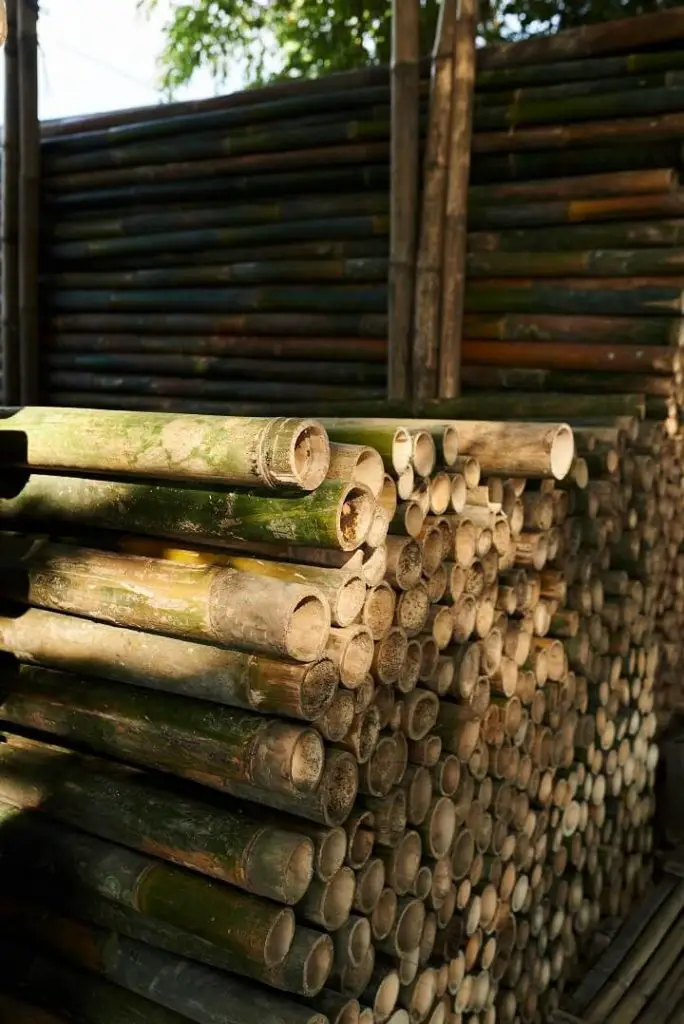
Garden Fertilizer
With so many uses for bamboo, it may seem wasteful to burn it. But when you remember its rapid growth potential, you may want to consider putting its ash to use. Bamboo ash can greatly benefit your garden. Bamboo ash contains phosphorus, potassium, and other minerals to enrich your garden soil.
All you need to do is lightly scatter the ash across your garden along with your compost. An added bonus is that the ash helps keep away snails and slugs when you sprinkle it around the base of your garden plants.
Tomato Cages, Garden Stakes, and Trellises
Bamboo is ideal for making tomato cages and trellises for your garden. This article gives you the easy how-tos. The only supplies you’ll need are six six-foot bamboo poles, garden twine, scissors, and a hand saw.
Bamboo is also handy for many other garden support structures. Check out this article for some more ideas. And this article shares how to make a lovely planter and trellis out of bamboo.
Heat Your Home
You can also add split bamboo to your wood stove. You’ll need to keep two important things in mind, however. First, be sure to split the wood before burning. Whole bamboo pieces can trap hot air and pop as they burn. Secondly, add one piece at a time to your stove so that you can monitor and control the burn. Don’t forget to collect the ash!
Because of its strength and ability to proliferate, bamboo is becoming more and more popular as a sustainable material for all kinds of purposes. Here are a few eco-friendly uses we found:
- Shoes and clothing. Did you know bamboo is being used to make fabric for clothes and footwear? Bamboo fibers can be stripped and processed to make a stiff, sturdy material. New processes that blend the bamboo with hemp or spandex make the fabric softer and more comfortable.
- Flooring. Some people in the world have been using bamboo as floorboards for many centuries. Modern bamboo floors have properties that are similar to hardwoods, without the damaging environmental impact.
- Tech gadgets. Bamboo is now being used instead of plastic for cell phone covers, speakers, and keyboards.
- Surfboards. Bamboo surfboards offer an alternative to traditional fiberglass boards. In addition to being made from an attractive, sustainable material, the boards are durable and lightweight, and many surfers say they have more flex and spring.
- Cold relief. Used in Chinese medicine for centuries, bamboo is finding its way into some Western cold relief products.
- Toilet paper. Bamboo is a sustainable alternative to the wood pulp used for the manufacture of toilet paper.
- Pillows. Pillows containing bamboo fibers are hypoallergenic, washable, and environment-friendly.
To learn more about growing bamboo, the books of Daphne Lewis are an excellent resource for the beginner. She wrote Bamboo on the Farm: Increase Your Income.
Here are a few other books to consider to help you plan your bamboo garden.
- Bamboo for Gardens by Ted Jordan Meredith
- Practical Bamboos: The 50 Best Plants for Screens, Containers and More by Paul Whittaker
- Simplified Handbook On Bamboo Gardening For Beginners And Dummies by Enedino Smith
- And if you’d like to know more about the many uses for bamboo once your plants are established, you’ll enjoy The Craft & Art of Bamboo: 30 Elegant Projects to make for Home and Garden by Carol Stangler.


